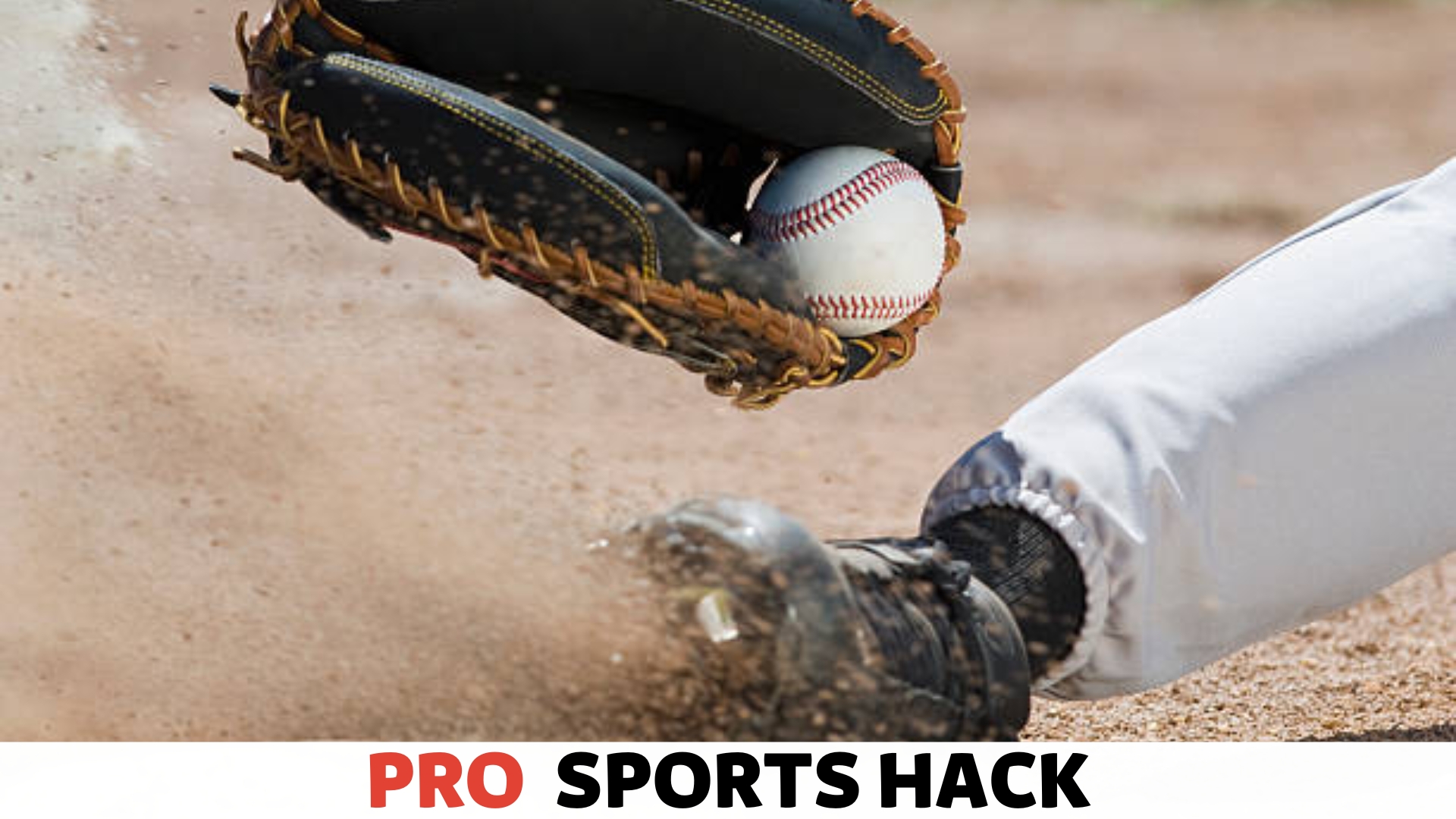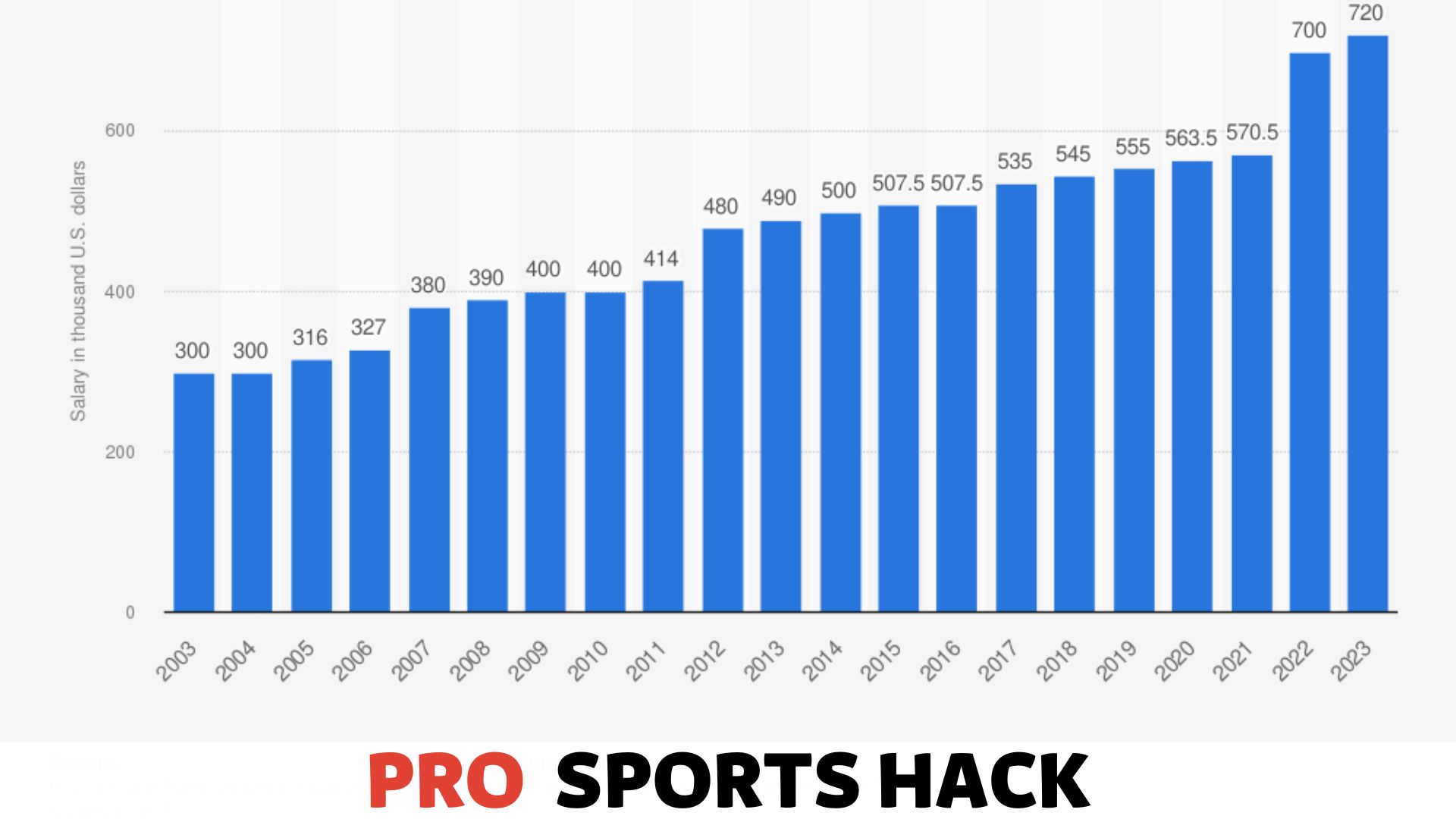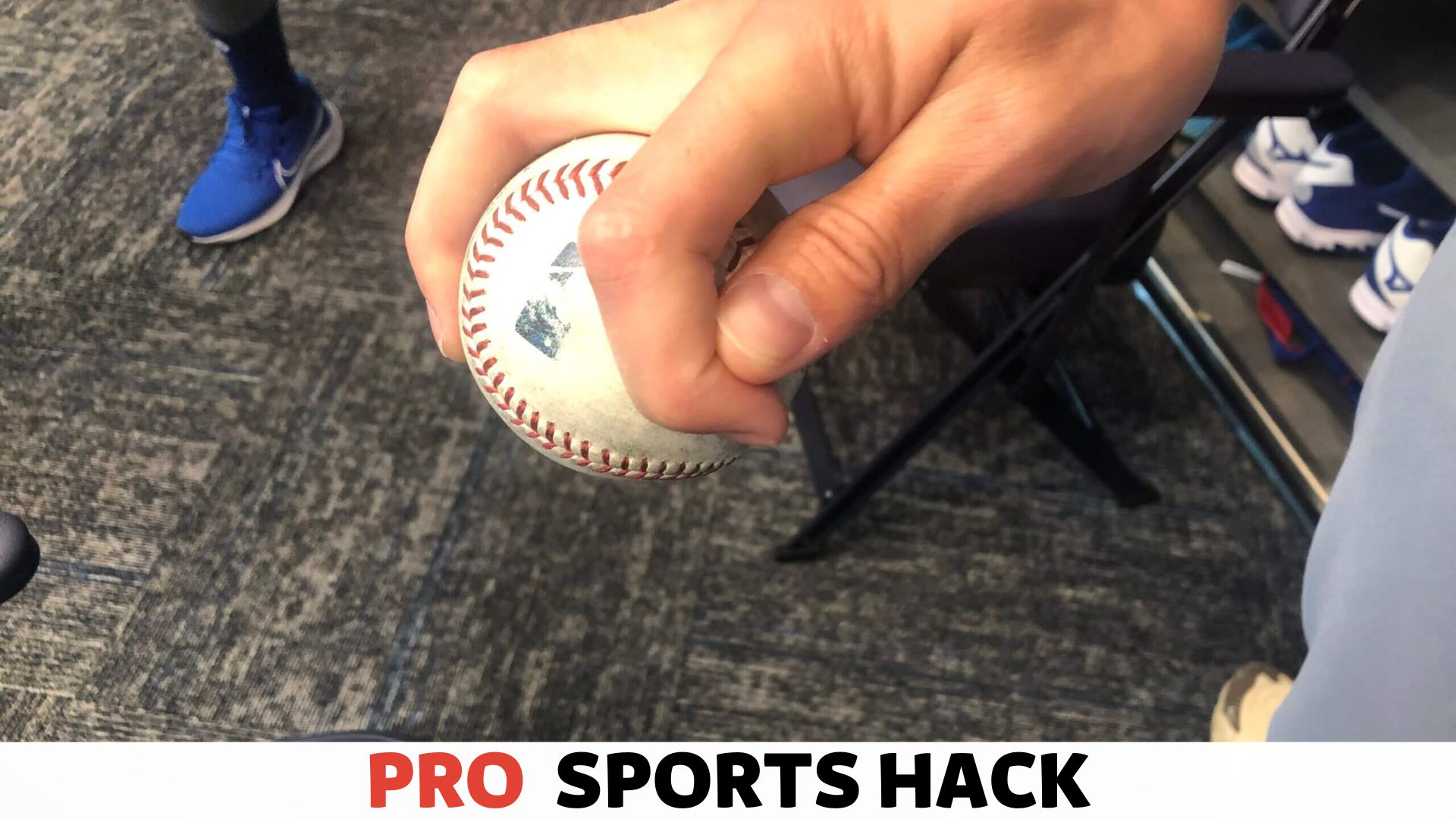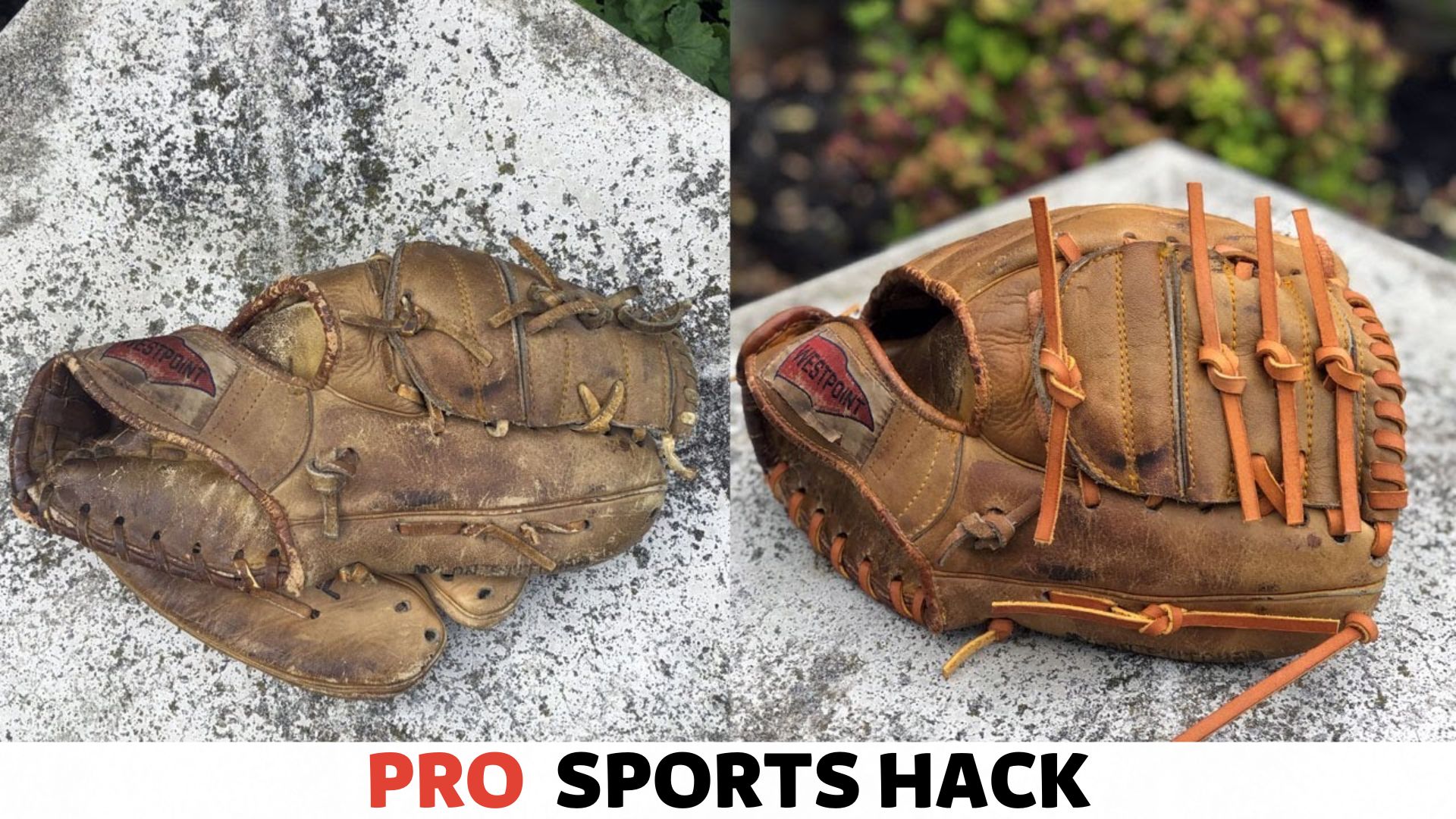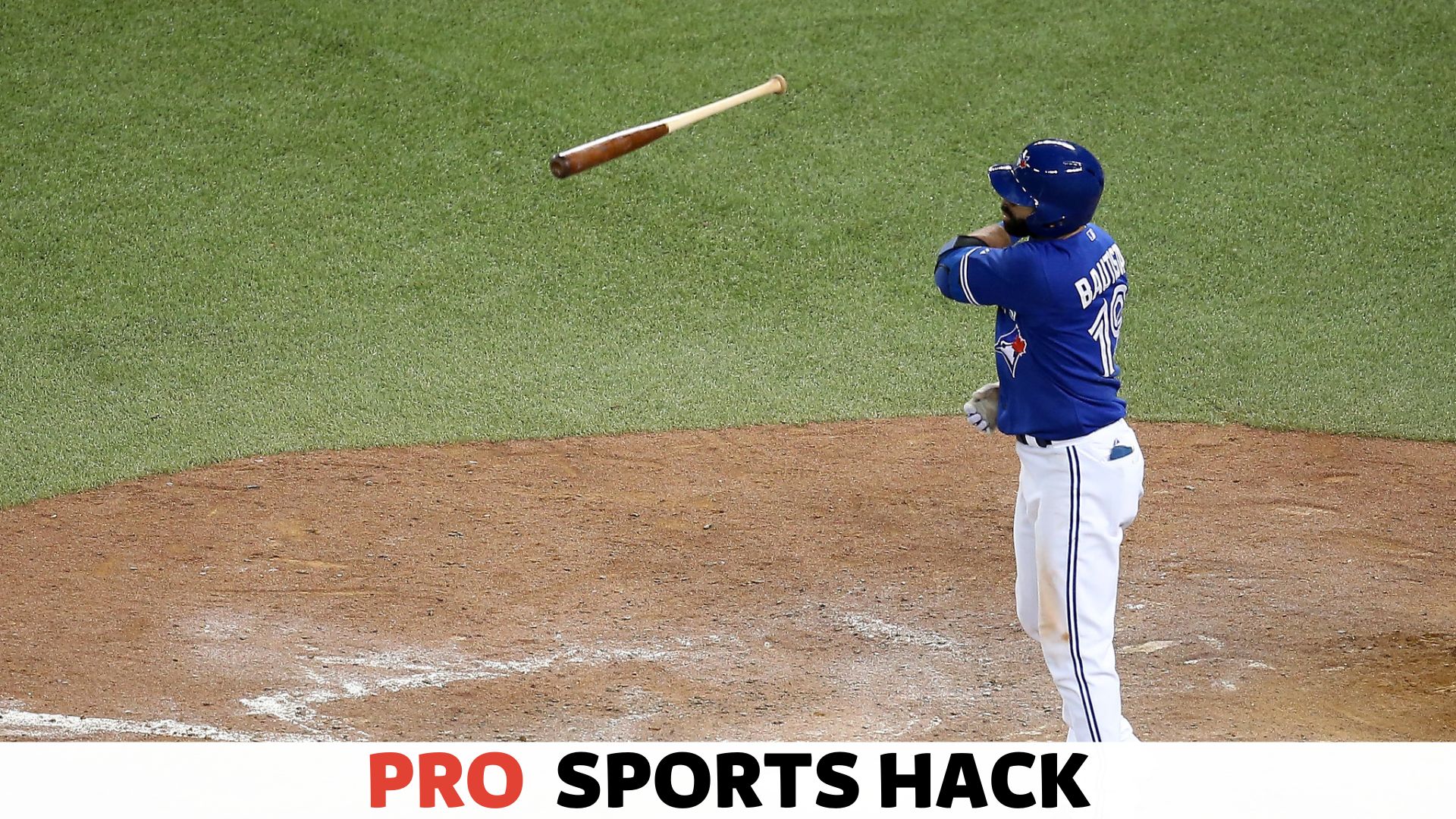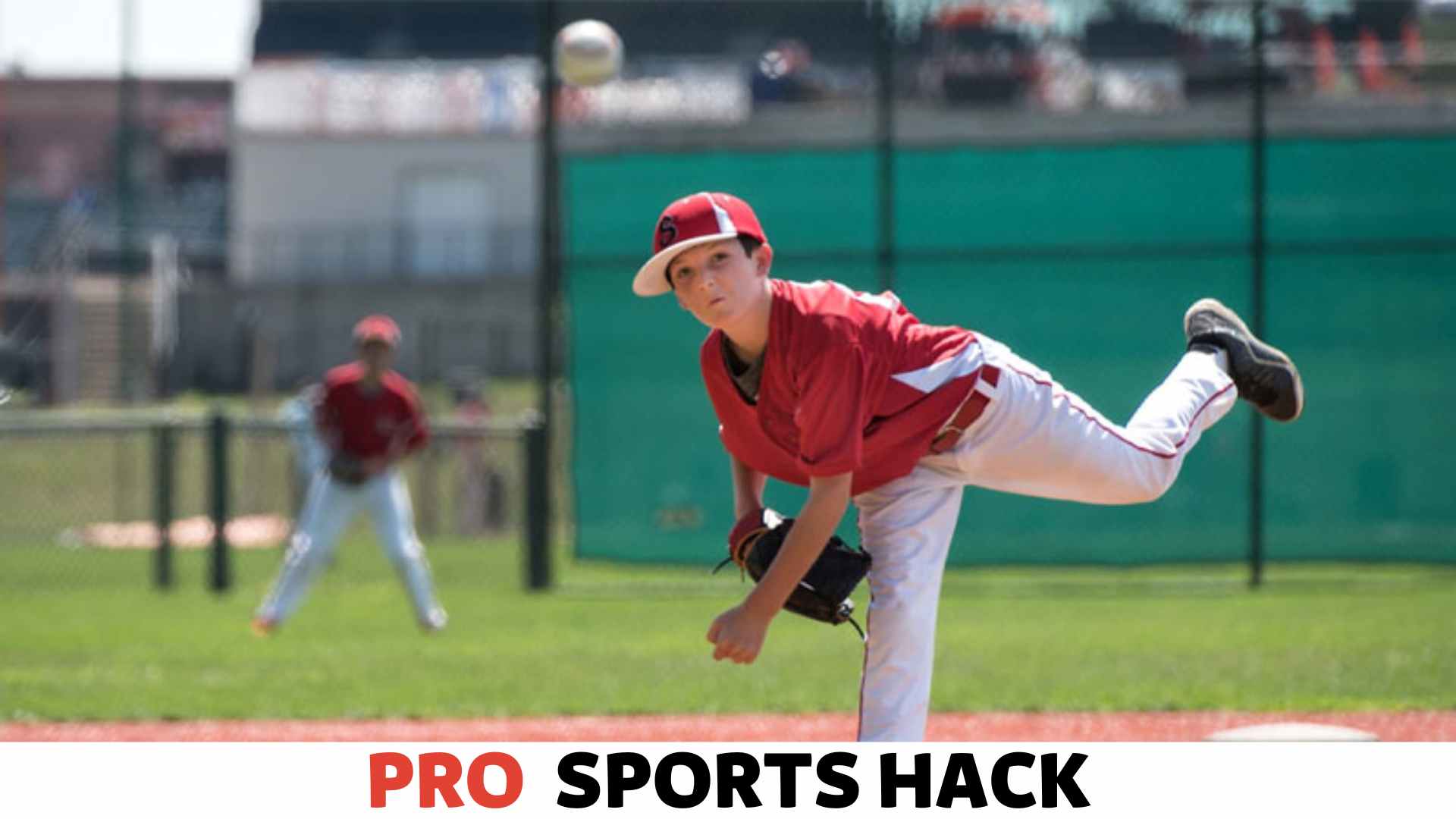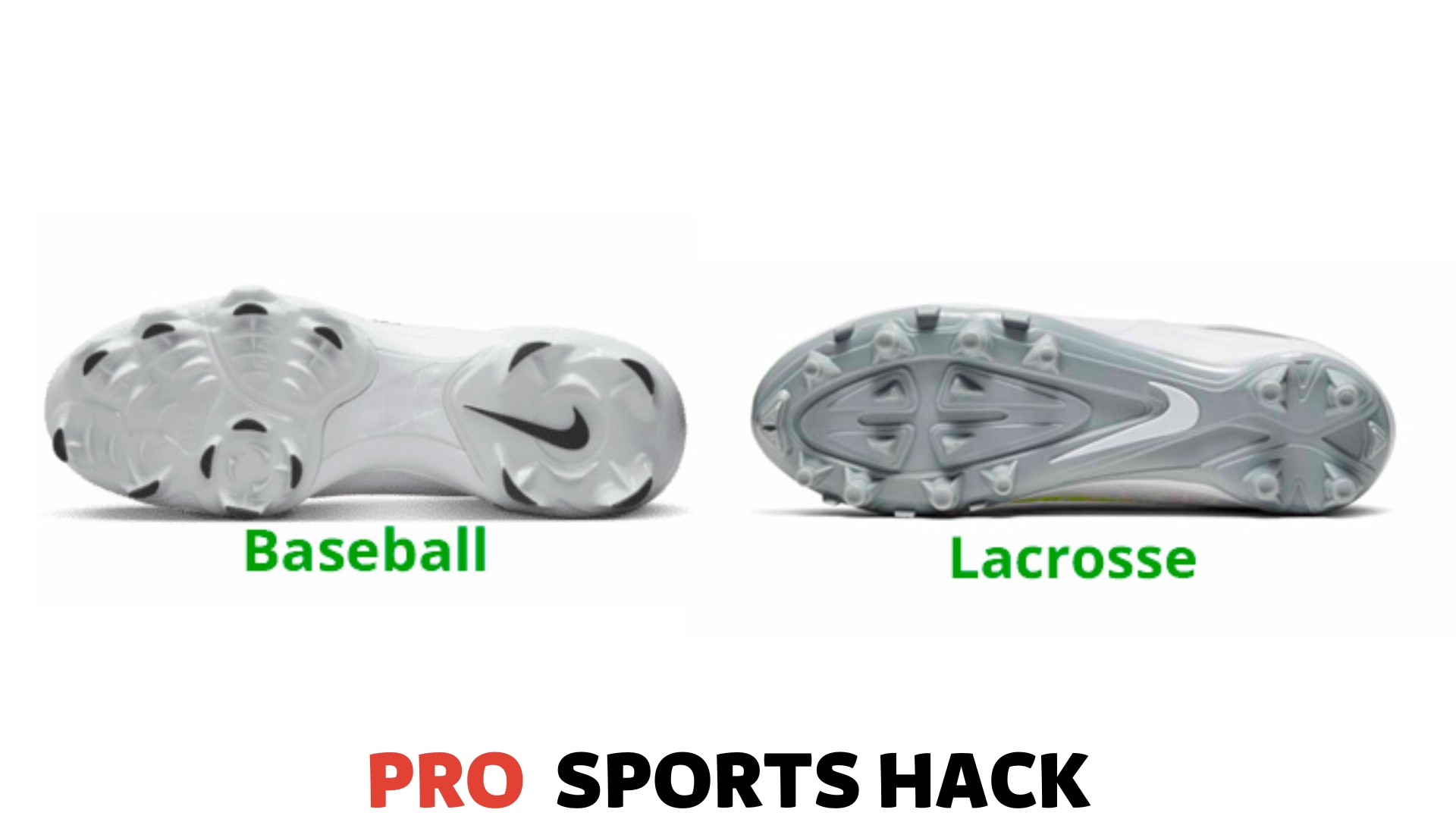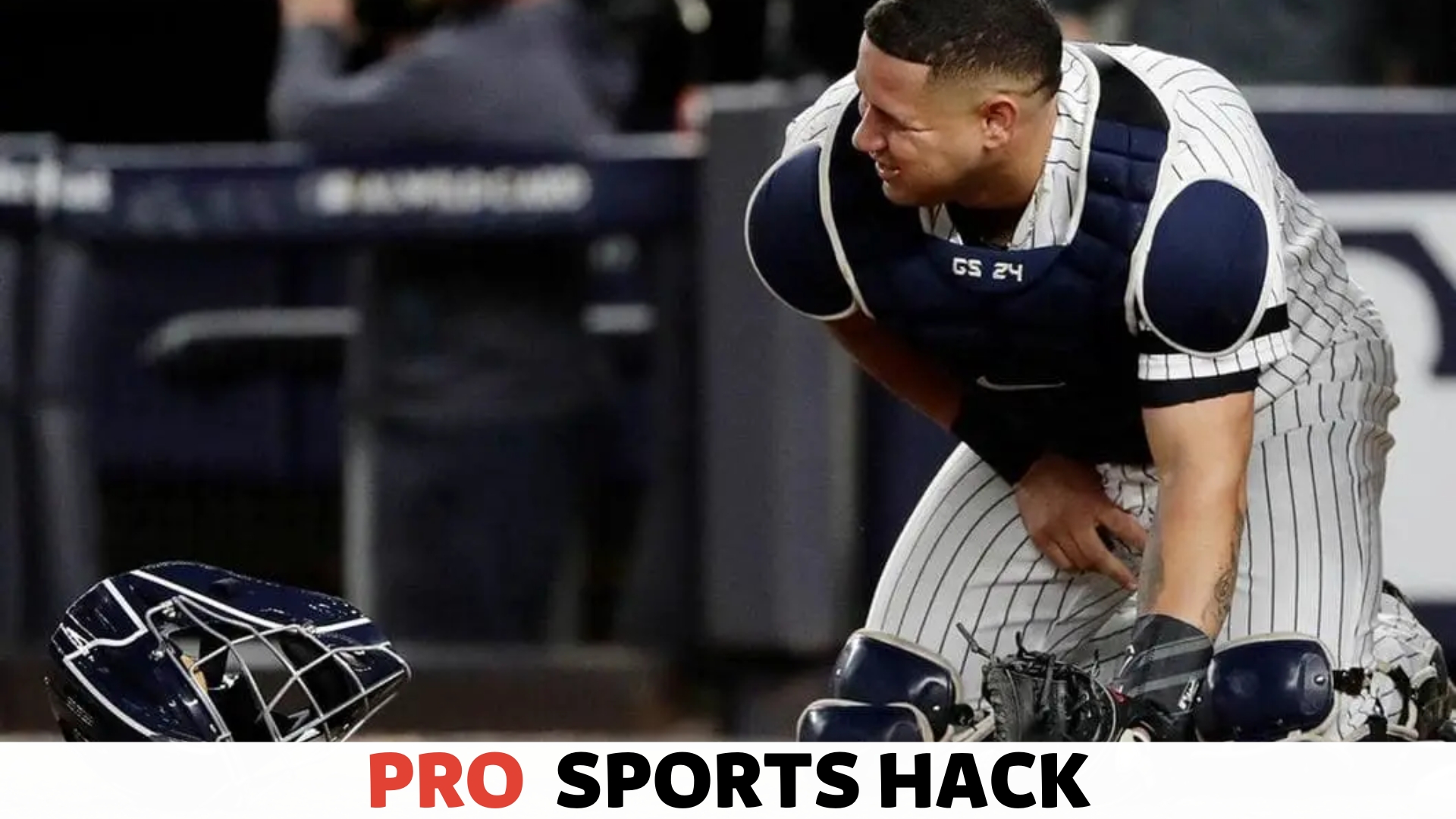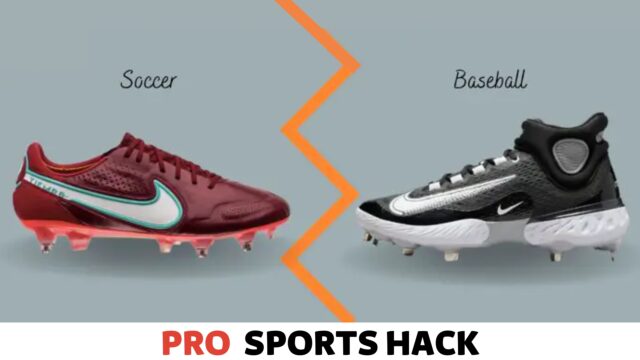
Baseball shoes and soccer shoes serve different purposes and are designed for specific sports. While baseball shoes provide stability and traction on the diamond, soccer shoes offer agility and grip on the pitch.
Baseball and soccer are popular sports requiring different types of footwear to optimize performance on the field.
Baseball shoes are specifically tailored to the demands of the game, providing players with high levels of stability and traction on the diamond.
They often feature cleats or spikes on the sole that dig into the ground, allowing players to maintain their balance and make quick lateral movements.
In contrast, soccer shoes are designed with agility and grip in mind. They typically have studs or blades on the sole to provide traction on the grass, enabling players to change direction and swiftly maintain ball control.
Understanding the distinctions between baseball and soccer shoes is essential for athletes looking to excel in their respective sports.
Functionality And Design
When choosing the right footwear for sports like baseball and soccer, functionality and design play a crucial role. Both baseball and soccer shoes are specially crafted to enhance performance on the field, catering to the unique demands of each sport.
Baseball shoes: Focusing on traction and stability on grassy fields
For baseball players, traction and stability are of utmost importance. The nature of the game requires sudden bursts of acceleration, quick changes in direction, and precise footwork.
Baseball shoes are specifically designed to provide the necessary grip and stability on grassy fields, ensuring players can make sharp turns, sprint to bases, and maintain balance without slipping.
The cleat configuration on baseball shoes plays a vital role in maximizing traction. They typically feature metal or molded rubber spikes strategically placed across the sole, offering optimal grip on the ground.
This design helps baseball players maintain their footing and achieve excellent speed, particularly during rainy or muddy conditions.
Moreover, baseball shoes are often equipped with additional features to promote stability. Reinforced heel and ankle support provide extra stability during lateral movements, preventing twisted ankles and enhancing overall performance.
These design elements make baseball shoes a reliable choice for players who need maximum traction and stability on grassy fields.
Wondering about the versatility of youth sports gear? Discover the answer to the common query, “Can youth wear baseball cleats for football?” as we unravel the similarities and differences in these specialized shoes.
Soccer shoes: Emphasis on maneuverability and ball control on various playing surfaces
Unlike baseball, soccer doesn’t require the same traction on grassy fields. Instead, soccer shoes prioritize maneuverability and ball control on various playing surfaces. Soccer shoes must adapt seamlessly to different conditions from natural grass to artificial turf.
Soccer shoes feature a specific stud configuration that offers excellent maneuverability. The design of the studs allows for quick turns, effortless pivoting, and easy changes in direction.
The length and shape of the studs may vary depending on the playing surface, ensuring optimal performance and safety regardless of the field type.
In addition to maneuverability, soccer shoe design also enhances ball control. The shoe’s upper part is made from lightweight and flexible materials, facilitating precise ball handling and improved touch.
With a snug fit around the foot, soccer shoes provide the necessary stability to manipulate the ball and finesse accurately.
Overall, soccer shoes are designed to empower players with agility, speed, and exceptional ball control.
The emphasis on maneuverability and adaptability makes them popular among soccer enthusiasts, allowing them to perform at their best regardless of the playing surface.
Shoe Construction and Materials
When choosing the perfect footwear for sports, the construction and materials of the shoe play a vital role in performance. Different sports demand different qualities in their shoes to enhance the player’s movements on the field.
In this section, we will compare the shoe construction and materials of baseball shoes and soccer shoes, highlighting the unique features that make them ideal for their respective sports.
Baseball shoes: Sturdy and durable construction for sliding and running on bases
Baseball is a game of speed, agility, and precision. Players must sprint, slide on bases, and make swift directional changes. Baseball shoes are ingeniously designed to support these dynamic movements with a focus on sturdiness and durability.
The construction of baseball shoes typically involves a combination of synthetic materials and leather, ensuring a balance between durability, flexibility, and breathability.
The uppers of these shoes are reinforced with strong and sturdy materials to provide stability and support to the feet during running and sliding.
Additionally, the thick and rugged outsoles are specifically designed to withstand the rigorous demands of the game, allowing players to maintain traction while running on bases or fielding.
Another notable feature of baseball shoes is metal or molded cleats on the outsole. These cleats dig into the grass or dirt, providing excellent grip and traction. They ensure players can confidently navigate the field, even in slippery conditions.
Soccer shoes: Lightweight and flexible materials for quick movements and precise ball handling
Soccer, often called the beautiful game, is known for its fast-paced nature, intricate footwork, and precise ball handling. To cater to these requirements, soccer shoes are designed to be lightweight and flexible.
The construction of soccer shoes primarily focuses on reducing weight while ensuring optimal support and agility. These shoes often feature synthetic materials and mesh, making them lighter and allowing the feet to breathe during intense matches.
The uppers of soccer shoes are designed to provide a snug and comfortable fit, enhancing the player’s touch and control of the ball.
Soccer shoes also feature outsoles specifically engineered for maximum traction and quick movements. Using molded or bladed studs on the outsole helps players change direction swiftly while maintaining stability.
The stud patterns are strategically placed to optimize grip on playing surfaces such as grass or artificial turf.
Baseball and soccer shoes are meticulously crafted to meet the unique demands of their respective sports. Whether it is the sturdy and durable construction of baseball shoes, perfectly suited for sliding and running on bases, or the lightweight and flexible materials used in soccer shoes, catering to quick movements and precise ball handling, these shoes are designed to bring out the best in every athlete.
Unraveling the cross-functional aspects of athletic footwear, we investigate the question, “Can softball cleats be used for soccer?” Find out whether these cleats designed for the diamond can make a seamless transition to the soccer field.
Sole Design and Traction
When it comes to sports like baseball and soccer, having the right footwear is essential for optimal performance. One key aspect to consider is the sole design and traction of the shoes.
Both baseball and soccer shoes are meticulously designed to provide players with the necessary grip and stability on the playing surface. However, there are some key differences in the way they achieve this.
In this section, we will explore the sole design and traction of baseball and soccer shoes and highlight the unique features that make them suitable for their respective sports.
Baseball shoes: Cleat patterns optimized for maximum traction on grass and dirt
Baseball shoes are designed to provide maximum traction on grass and dirt surfaces commonly found on baseball fields. The soles of baseball shoes typically feature cleat patterns that are strategically placed to optimize grip and stability.
These cleat patterns can vary based on the player’s position and the game’s specific needs.
For example, pitchers might prefer a cleat pattern offering more traction during delivery. At the same time, outfielders may opt for a pattern that allows for quick acceleration and great lateral movement when chasing down fly balls.
The most common types of cleat patterns found on baseball shoes include metal spikes and molded studs. Professional players often prefer metal spikes that provide excellent grass and dirt traction.
They can dig into the ground, ensuring a firm grip even during sudden movements.
On the other hand, molded studs are a popular choice among amateur players and are more versatile as they can be used on both grass and artificial turf surfaces.
These studs are typically shorter and offer reliable traction without the risk of getting stuck in the ground.
Soccer shoes: Traction patterns designed for different playing surfaces like grass, turf, and indoor courts
Unlike baseball shoes, predominantly used on grass and dirt, soccer shoes must perform well on various surfaces, including grass, artificial turf, and indoor courts.
Therefore, the traction patterns on soccer shoes are specifically designed to cater to these different playing surfaces.
Soccer shoes typically feature a combination of studs, blades, and patterns that allow players to have optimum grip and maneuverability across different conditions.
Soccer shoes usually have conical or bladed studs for playing on natural grass that can penetrate the ground and provide stability during quick turns and sprints.
These studs are strategically placed to offer equal weight distribution and prevent players from slipping.
On artificial turf, soccer shoes often feature shorter rubber studs or a combination of small studs and patterns better suited for the harder surface. This allows players to make quick and agile movements without compromising stability.
Moreover, indoor soccer shoes have a specific pattern on their soles designed for optimal grip on the smooth and often slippery surfaces found in indoor courts.
These shoes feature small rubber studs or patterns that ensure players can change direction swiftly while maintaining balance and control during fast-paced indoor games.
In conclusion, the sole design and traction of baseball and soccer shoes are tailored to meet the unique demands of their respective sports.
While baseball shoes focus on providing maximum traction on grass and dirt, soccer shoes have traction patterns for various playing surfaces such as grass, turf, and indoor courts.
Whether sliding into home plate or making quick turns on the soccer field, having the right shoes can significantly enhance your performance and keep you on your feet throughout the game.
Ankle Support and Cushioning
Baseball shoes: Generally provide more ankle support and cushioning for high-impact movements
When choosing the right footwear for sports, one of the key factors to consider is the level of ankle support and cushioning provided.
This is especially important for athletes who engage in high-impact movements, as their feet and ankles are subject to stress and strain.
Baseball shoes have gained a reputation for offering superior ankle support and cushioning compared to soccer shoes.
Soccer shoes: Limited ankle support to allow for greater freedom of movement and agility
On the other hand, soccer shoes have a slightly different design philosophy when it comes to ankle support. They are intentionally designed with limited ankle support to give players greater freedom of movement and agility on the field.
This allows soccer players to make quick turns, change directions, and showcase their skills without feeling restricted by their footwear.
While baseball shoes prioritize ankle support, soccer shoes focus more on flexibility and maneuverability. This design difference arises from the specific demands of each sport.
Baseball involves explosive movements such as running, jumping, and sliding, which place a higher impact on the feet and ankles. Thus, the extra ankle support and cushioning provided by baseball shoes can help absorb and distribute forces to reduce the risk of potential injuries.
On the other hand, soccer is a game that requires a great deal of agility, swift footwork, and precise ball control. The limited ankle support of soccer shoes allows players to move more freely and change directions swiftly for optimal performance on the field.
Importance of Toe Design
The design of the toe plays a crucial role in the performance of baseball and soccer shoes. It affects the level of protection and impacts various aspects of gameplay.
Let’s take a closer look at how toe design differs in baseball and soccer shoes and the specific advantages they offer.
Baseball shoes: Reinforced toe caps for protection during sliding and diving
In baseball, players often encounter situations where protection is paramount, especially when sliding or diving on a hard surface. Baseball shoes come with reinforced toe caps, typically made with durable rubber or synthetic materials.
These toe caps provide enhanced protection against abrasions and impacts, reducing the risk of injuries during intense gameplay.
By reinforcing the toe area, baseball shoes offer players the confidence and freedom to give their all on the field, knowing they are well-protected.
Soccer shoes: Toe designs catered towards ball control and striking for better accuracy
When it comes to soccer, precision and ball control are key. To enhance these aspects, soccer shoes are designed with specific toe designs.
Typically, soccer shoes feature a sleek and tapered toe area that allows for better contact between the foot and the ball. This design promotes improved ball control, enabling players to maneuver the ball with finesse and accuracy.
Moreover, some soccer shoe models incorporate specialized toe technologies, such as rubberized patterns or strikers, which further increase ball grip and enhance striking capabilities.
In conclusion, the importance of toe design regarding baseball and soccer shoes cannot be overstated. While baseball shoes prioritize protection for sliding and diving, soccer shoes focus on ball control and striking accuracy.
These specialized toe designs are tailored to the unique demands of each sport, empowering athletes to excel in their respective fields.
Whether you’re a baseball player or a soccer enthusiast, understanding the benefits of toe design will help you make an informed choice when selecting the perfect footwear for your sport.
Exploring the world of baseball gear, we address the frequently asked question, “Do baseball players wear cleats?” Join us as we uncover the significance of cleats in the game and their impact on a player’s performance on the diamond.
Adaptability to Weather Conditions
When it comes to sports, the right pair of shoes can make all the difference in performance and comfort. Both baseball and soccer are dynamic sports that are played in various weather conditions.
Whether it’s rain, snow, or extreme heat, players need shoes that can withstand the elements and provide optimal grip on the field.
In this section, we will explore how baseball shoes and soccer shoes are designed to adapt to different weather conditions, ensuring players can focus on the game without worrying about their footwear.
Baseball Shoes: Features like waterproof materials and removable cleats for all-weather play
Baseball shoes are specifically designed to withstand various weather conditions. One of the key features of baseball shoes is their waterproof materials.
These materials are often used in the shoe’s upper part to keep players’ feet dry, even in wet conditions.
Furthermore, baseball shoes come with removable cleats, allowing players to customize their footwear based on the field and weather conditions.
The cleats can be easily replaced with longer or shorter studs, depending on the traction required. This adaptability ensures that players maintain their stability and grip, regardless of the playing surface or weather.
Soccer Shoes: Variations available for different weather conditions, such as waterproofing and enhanced traction
Similar to baseball shoes, soccer shoes are designed to adapt to various weather conditions. Soccer shoe manufacturers have introduced different variations tailored to specific weather conditions, ensuring players can perform at their best.
One key feature of soccer shoes for wet conditions is waterproofing. These shoes utilize special materials and coatings to repel water and keep players’ feet dry. This is especially important as wet conditions can make the playing surface slippery and affect traction.
In addition to waterproofing, soccer shoes for different weather conditions also have enhanced traction. Whether firm ground, soft ground, or artificial turf, soccer shoes are designed with varying stud patterns and materials to provide optimal grip on different surfaces. This adaptability allows players to maintain stability and agility regardless of the weather conditions.
Style and Aesthetics
When it comes to sports footwear, style, and aesthetics play a significant role in attracting athletes and consumers alike. Baseball and soccer shoes each have their distinct style, reflecting the sport’s nature and players’ preferences.
In this section of our comparison, we will explore the style and aesthetics of baseball and soccer shoes, highlighting the key differences in their designs.
Baseball shoes: Typically designed with a more traditional and conservative look
Baseball shoes are known for their understated and classic design, adhering to a more traditional and conservative style. These shoes prioritize functionality and performance over flashy aesthetics.
Typically, baseball shoes feature a low-cut design that offers optimal ankle mobility, allowing baseball players to sprint, pivot, and stop quickly on the field.
With a focus on durability and stability, baseball shoes often have a leather or synthetic leather upper to withstand the demands of the game.
The colors used in baseball shoes are typically more neutral, with shades of black, white, and gray being the most common.
This classic and timeless look ensures that baseball shoes can seamlessly match any team uniform and appeal to players of all ages and preferences.
Soccer shoes: Known for their vibrant colors and unique designs to reflect the player’s personality
In contrast to baseball shoes, soccer shoes are all about expressing individuality and capturing attention on the field. Soccer shoe manufacturers understand the importance of personality and style in the game, leading to the creation of vibrant colors and unique designs.
Soccer shoes are often seen in bold red, yellow, blue, and green, allowing players to stand out and reflect their personality through their footwear.
Moreover, soccer shoes often feature eye-catching patterns and intricate designs, enabling players to make a fashion statement while showcasing their skills.
These visually striking elements add a dynamic and energetic aspect to soccer shoes, perfectly aligning with the fast-paced and passionate nature of the sport.
Whether it’s the elegant simplicity of baseball shoes or the colorful flamboyance of soccer shoes, both options offer athletes the opportunity to showcase their style on and off the field.
Ultimately, choosing baseball and soccer shoes depends on personal preferences, team requirements, and the desire to strike the perfect balance between style and performance.
Price Range and Availability
When choosing the right shoes for your favorite sport, two popular options are baseball and soccer shoes. Understanding these shoes’ price range and availability is essential in making an informed decision. Let’s dive into the details!
Baseball shoes: Generally more affordable and widely available due to higher demand
When it comes to baseball shoes, you’ll find that they are generally more affordable compared to soccer shoes. This can be attributed to the higher demand for baseball shoes.
As baseball is a popular sport, there is a larger market for these shoes, resulting in a wider availability of options across different price ranges.
If you’re on a budget or just starting in baseball, you can easily find affordable shoes without compromising quality. These shoes typically offer decent performance and durability, making them suitable for casual players and beginners.
For those who are more serious about their baseball game, premium models are also available. These high-end baseball shoes often offer advanced features such as enhanced traction, improved ankle support, and superior materials.
However, even these top-of-the-line options are more affordable than some premium soccer shoes.
Soccer shoes: Range from budget-friendly options to premium models, with availability for all skill levels
On the other hand, soccer shoes offer a wider range of options in terms of price and availability. From budget-friendly options to high-end, premium models, soccer shoes cater to players of all skill levels and budgets.
The entry-level soccer shoes are designed to provide basic functionality at an affordable price. They may not have all the advanced features in pricier models, but still offer decent performance on the field.
These shoes are great for recreational players and beginners looking to try soccer for the first time.
As you move up the price range, you’ll find soccer shoes that offer additional features such as improved traction, better cushioning, and enhanced ball control.
These mid-range options balance performance and price, making them popular among amateur and intermediate players.
Premium models are available for professional or elite players who demand the utmost performance from their shoes. These high-end soccer shoes incorporate the latest technology advancements and cutting-edge materials to provide superior performance on the field. They may come with a higher price tag, but the investment is often worth it for serious players.
In conclusion, baseball shoes are generally more affordable and widely available due to the higher sports demand. Soccer shoes, on the other hand, offer a wider range of options, catering to all budget levels and skill levels.
Whether a baseball enthusiast or a soccer fanatic, shoes are available in your desired price range, ensuring optimal performance and comfort on the field.
Frequently Asked Questions
Can Baseball Shoes Be Used for Soccer?
Baseball and soccer shoes are designed for different activities due to their specific features.
Is There a Difference Between Soccer and Baseball Cleats?
Yes, there are differences between soccer and baseball cleats, including the design and stud configuration.
Can My Kid Wear Football Cleats for Baseball?
No, football cleats are unsuitable for baseball due to different requirements for traction and support.
Why Don’t Soccer Cleats Have a Front Cleat?
Soccer cleats don’t have a front cleat because it can increase the risk of injury.
Are Soccer Shoes Good for Baseball?
Soccer shoes are not recommended for baseball as they lack support and traction.
Conclusion
Choosing between baseball shoes and soccer shoes ultimately comes down to personal preference and the athlete’s specific needs.
Both types of shoes are designed to optimize performance and provide the necessary support for their respective sports. Baseball shoes offer features such as cleats and ankle support essential for the agility and traction required on the diamond.
On the other hand, soccer shoes prioritize lightweight construction and specialized studs for superior control and maneuverability on the pitch.
Understanding the unique demands of each sport can help athletes make a more informed decision when selecting the appropriate footwear.
It is also important to consider factors such as playing surface, weather conditions, and individual playing style.
By considering these aspects, athletes can ensure they are equipped with the most suitable shoes to enhance their performance and minimize the risk of injuries.




![Cat in the Chrysalis Spoiler: All You Need To Know [Updated] Cat in the Chrysalis Spoiler](https://prosportshack.com/wp-content/uploads/2024/02/Cat-in-the-Chrysalis-Spoiler-100x75.jpg)







